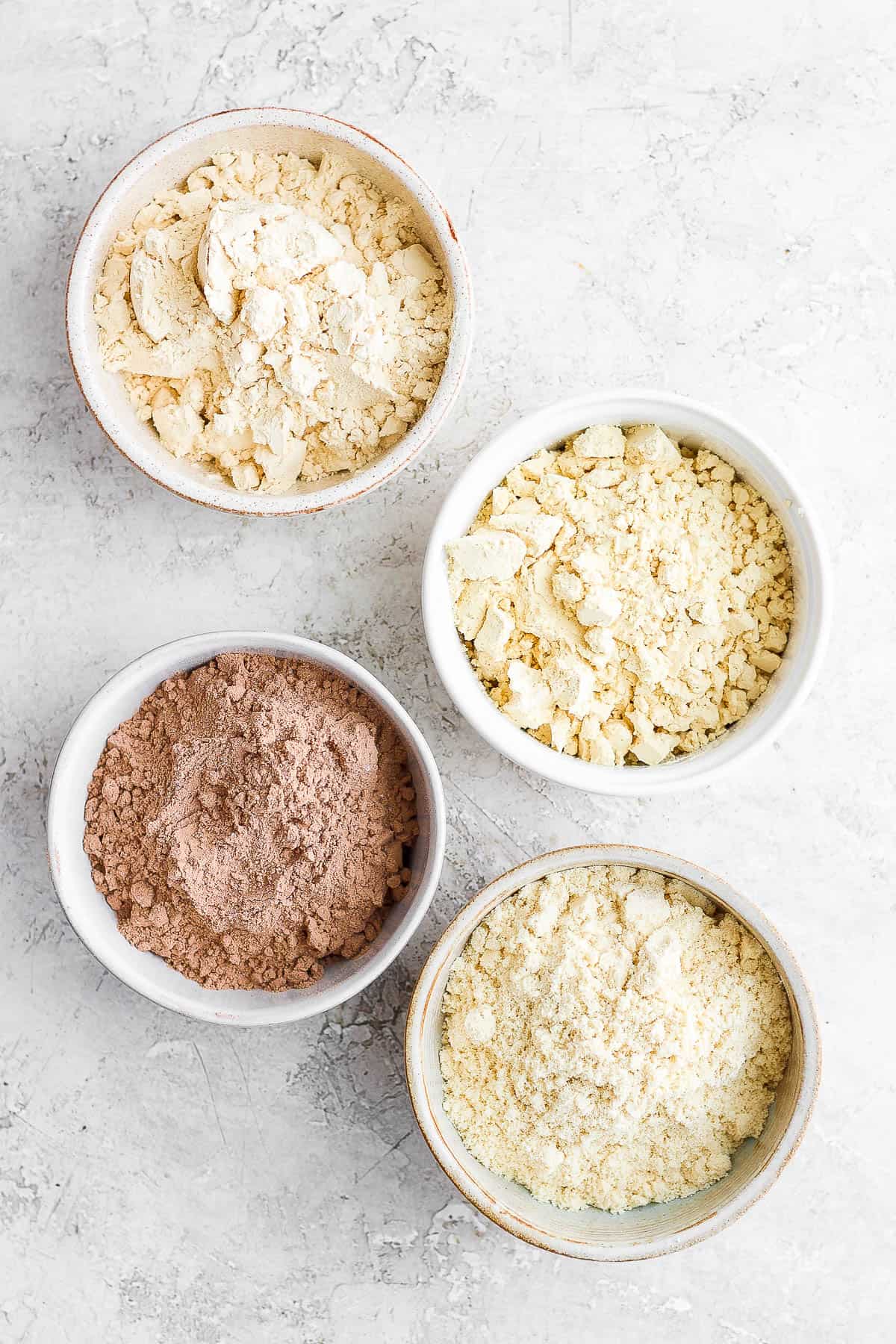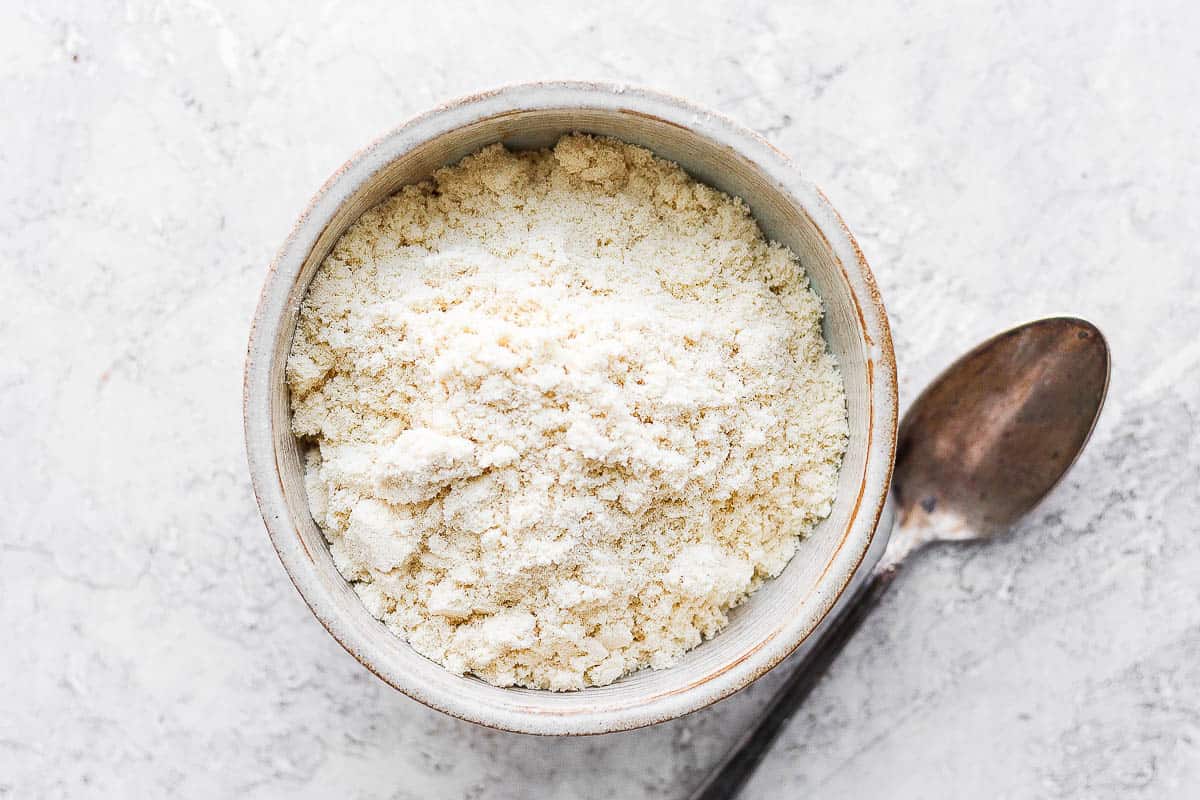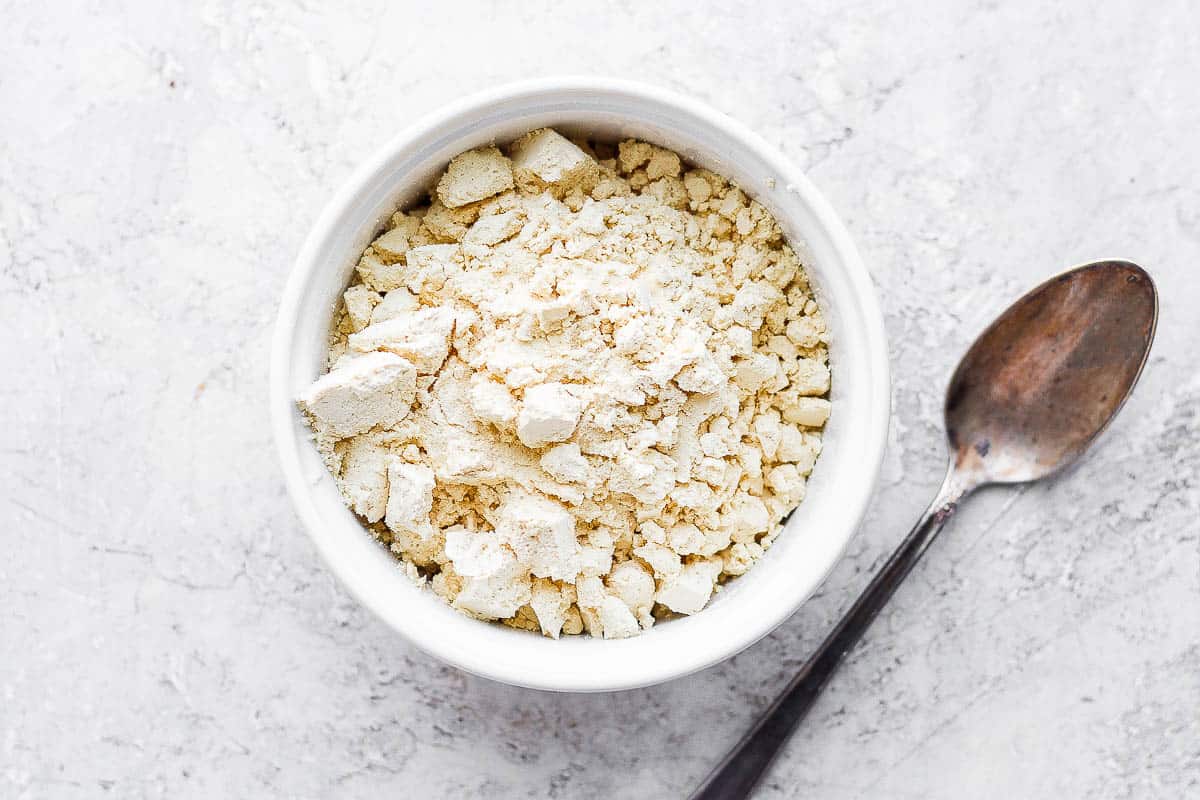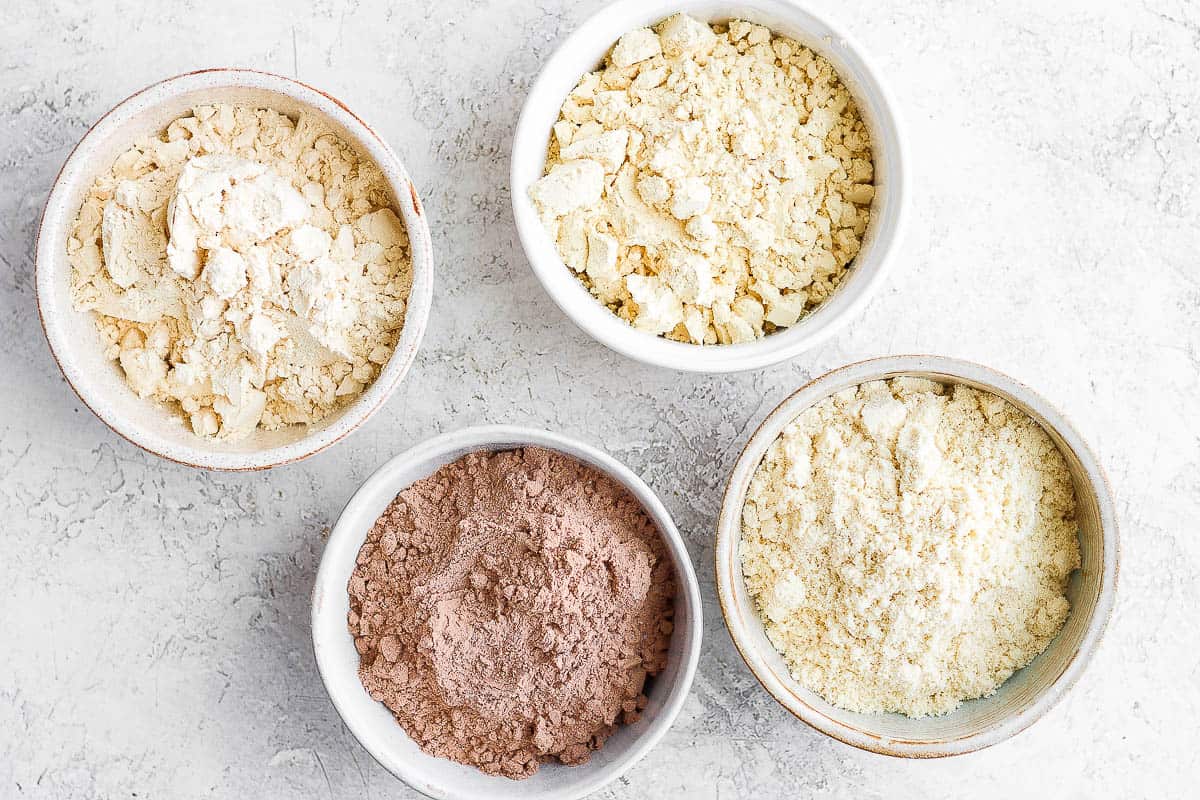Protein Powder Guide For Beginners
Published Aug 31, 2022
This protein powder guide for beginners isn't overly complex, but it is informative! If you need help picking out a protein powder, I've got you covered!
This post may contain affiliate links. Please read our disclosure policy.
If you’re new to the protein powder world, then this beginner’s guide is for you! You may be a little confused about all of the different types of powders on the market, which is completely understandable. There are animal-based protein powders, plant-based protein powders, and then there are also hybrid powders that contain both animal and plant proteins. So which one should you choose? In this article, we will break down the differences between these types of protein powders and help you decide which one is best for you!

What is protein powder?
Like the name says, protein powder is a protein in powdered form. It can be derived from milk, eggs, plants, nuts, or animals. Protein is a necessary nutrient that repairs and builds cells. It is especially important for growing children, pregnant women, people recovering from injuries or illnesses, or those with intense workout regimes.
How much protein do I actually need?
The FDA recommends adults get 50 grams of protein per day. But, nutritionists overwhelmingly say most people easily consume enough in an average diet. For instance, if on the same day, you have a 6-ounce Greek yogurt (15 -20 grams of protein) and a boneless skinless chicken breast (37 to 50 grams,) you will meet, or exceed your RDA.

Different types and benefits
Brands vary widely in grams of protein per serving, taste, cost, and additives. Beware, many contain extras like sugar or artificial sweeteners and flavorings to improve taste, plus preservatives, fillers, and ingredients to enhance solubility. Reviews, rankings, and surveys of various brands abound, but here are the general categories.
Sourced from animals
- Eggwhite powder: Yup, it’s made from egg whites, which contain almost 70 percent of an egg’s protein, none of the cholesterol but (sigh) fewer vitamins. Beyond adding protein to smoothies, eggwhite powder can be used in general baking, especially as a way to avoid using raw egg whites for meringues and frostings.
- Whey powder: Whey is the watery milk leftover from cheesemaking. Whey is a complete protein, meaning it contains all 9 amino acids that your body cannot make itself and is water-soluble for easy mixing in smoothies. It comes in 3 different types (protein concentrate, isolate, and hydrolysate) with varying amounts of protein.
Note: You may notice that the list above does not include collagen. Although most collagen is made with animal products, like skin, bones, and the hooves of cattle or pigs, as well as fish scales or eggshells (depending on the brand), it is not a complete protein. You wouldn’t make a protein shake out of collagen alone, and it’s not a post-workout boost. Now, it is a popular addition to hot coffee. It is touted for improving the appearance of hair and skin and helping joints, but the science is undecided on these claims.

Vegan protein powders
- Hemp: Hemp is made from the ground seeds of the cannabis plant but does not contain THC, marijuana’s intoxicating ingredient. While hemp is a complete protein, scientists are still researching how it stacks up against other the complete whey and soy. Tastes nutty.
- Mixed vegan blends: From quinoa to cranberries, name a high-protein grain, rice, nut, or berry, or nutritious green, and someone has made it into a protein powder. Shop around for one that meets your nutritional needs.
- Nut powders: AKA nut flour: In well-stocked grocery stores, or sites like nuts.com, you can find a range of nuts that have been ground into flour or powder. Good for vegan and gluten-free baking. I often use almond flour.
- Pea powder: Another plant-based choice, but not a complete protein. Pea powder is still a good protein powder for those avoiding soy and dairy. It contains iron, a boast for vegans. Some dislike its grassy taste.
- Soy powder: From soybeans, a complete protein. Soy powder is a hearty-healthy choice because soy has a (very small) effect on lowering cholesterol and contains heart-helping omega-3 acids. Mixes less easily with water. Good for vegans or those whose dairy sensibilities have them avoiding whey.

how to use protein powder
Now that you know the different types of protein powders available, let’s talk about how to use them! Protein powder is most commonly used as a post-workout supplement in order to help the body recover from exercise and build muscle. However, it can also be used as a meal replacement or snack if you are trying to lose weight or simply want to increase your protein intake. Protein powder can be mixed with water, milk, or any other liquid of your choice and then drunk as a shake. It can also be added to smoothies, oatmeal, or baked goods for an extra protein boost.
Recipes That Use Protein Powder
Below you will find a mix of recipes that use protein powder, from protein shakes to pancakes and even homemade protein bars.
- Vegan Protein Bars
- Breakfast Coffee Smoothie
- Chocolate Protein Pancakes
- Protein Oatmeal with Caramelized Banana
- Pumpkin Pie Smoothie
- Peanut Butter Protein Cookies
- Protein Brownie Bites
- High Protein Pizza Crust
- Low Carb Soul Bread
Frequently asked questions
It really depends on your diet, any dietary restrictions, and nutritional goals. If your intent is amping up the protein of foods like oatmeal or pancakes, I suggest starting with a simple whey powder or perhaps a nut powder that would complement the flavor of your recipe.
I advocate trying the powder with the purest and shortest list of ingredients first. Look for products whose only ingredient is a protein powder, for instance, Bob’s Red Mill Hemp Powder. If you find these pure powders unpalatable – and some do – move on to flavored blends. I like to avoid artificial sweeteners and fillers.
Protein powders are considered a dietary supplement, which is an unregulated industry. If you are interested in a particular brand, read the ingredient list and online reviews. If you are using an animal protein, especially, try to go organic.
So there you have it! Everything you need to know about protein powder for beginners. We hope that this article has helped clear up any confusion you may have had about the different types of protein powders and how to use them. Now go out there and find the protein powder that is best for you and your fitness goals!

For more cooking guides:
- How to Stock your Pantry
- How to Stock a Freezer
- Food Storage Tips
- How to make your kitchen more efficient
If you find this guide on Protein Powders helpful, I’d love to hear from you! And if you snapped some shots of any of these tips and tricks or recipes with protein powder, please share it with me on Instagram so I can repost on my stories!






What powder is the best tasting to you?
I like Simply Tera’s plain pure whey protein powder.
Thank you! I think I’ll try soy protein…
You’re welcome, Sasha! I hope you enjoy!